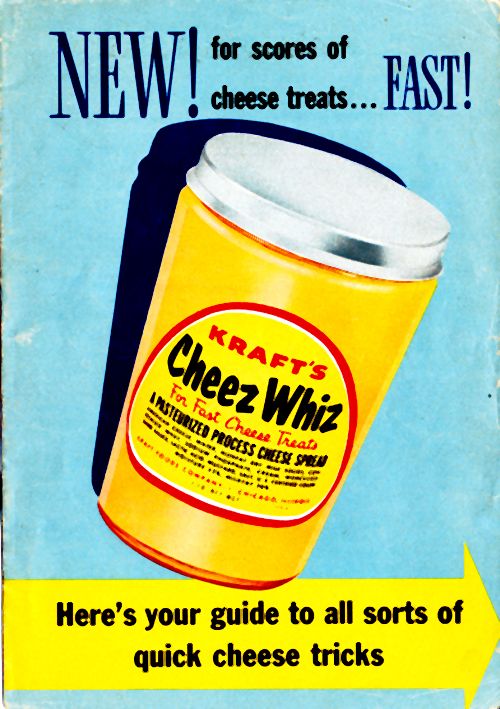
This report from The Edison Foundation / Institute for Electric Innovation forms the foundation of this week’s Rant. It includes a summary of utility cost recovery mechanisms, which to this nerd, is an interesting topic. Performance incentives are of particular interest.
Why do utilities run programs anyway? Typically because they have to, either because they are required to exploit lowest-cost resources, or they are assigned goals through a process, the description of which is beyond the scope of this post. For business, however, smart utilities know when their customers use energy efficiently. It is good for the customer, and what is good for the customer is good for the utility.
In a side-irony, many jurisdictions allow large energy users to opt out of programs because they are so smart; they implement everything that makes sense (they really just want to avoid paying into the program – cost recovery). At the same time, some jurisdictions without programs provide energy efficiency services for large users as good business practice – for the customer and utility, as I mentioned. Therefore, need and expertise for energy efficiency is inversely proportional to the requirement to pay for services rendered.
There are three categories of cost recovery for utility-sponsored energy efficiency programs, as described by ACEEE:
- Program cost recovery – This includes costs for program implementers, evaluators, and utility staff. Edison calls this direct cost recovery.
- Lost revenue – This includes mechanisms to allow utilities to not lose, or minimize, financial losses due to programs and reduced sales. Edison calls this fixed cost recovery.
- Performance incentives – This includes bonuses for utilities that meet or exceed savings targets.
Virtually all states, if not all states, that run programs have program (direct) cost recovery.
Thirty two states have lost revenue (fixed) cost recovery. These are quite evenly split between decoupling and a lost revenue adjustment mechanism. These means ensure utilities are fully compensated for their fixed costs – their rate base – their power plants, poles, pipes, wires, substations, and so forth.
Twenty nine states have performance incentives for meeting or exceeding goals – whoa! This, to me, gets a little dicey and controversial for a number of reasons.
First, depending on the state, bonuses are paid on either of three impacts: gross savings, verified gross savings, or net savings. These numbers parallel gross profit, or EBITDA, net profit, and net profit after distributions. These can be wildly different.
Program gross savings are essentially reported savings. The customer proves they installed (or simply purchased) something, fills out an incentive form (or contract) as needed, and the utility gets savings credit for either a prescriptive or custom efficiency project. Utilities, with which I am familiar, have rigorous checks and balances to ensure things are as true and accurate as possible, but the devil is in the details and the details are in the customer facility.
Verified gross savings are “actual” savings as determined by a third party evaluator. This is a big part of what Michaels does – verify actual savings for a wide variety of projects from small prescriptive measures to very large gigawatt-hour scale projects. Sampling is used for the small ones and for the largest tier or stratum of projects, all of them are verified. The other thing it includes is essentially an audit of tracking systems that book the savings. Does the project documentation accurately reflect what was actually installed, and as importantly, how it is operated or used? Using verified gross savings tightens the error bands quite a bit, particularly for some utilities that are new to programs.
Finally, there is bonus by net savings. As the Beck song goes, this is “gettin crazy with the cheese whiz.” As I recently responded to an AESP quiz, net savings, or more specifically, net-to-gross ratios should be used to guide portfolio design and not declare program outcomes. While the devil is in the details of any actual project savings, only god knows what the net savings are. Humans are far too fallible, forgetful, biased, and self-interested.
An actual example: One utility operates across state lines as many do. They have twin upstream programs[1] from compact fluorescent light bulbs for residential customers.
- Evaluator A in state A determines the net-to-gross ratio is just under 0.5. Attributed (net) savings per bulb: 17 kWh annually[2].
- Evaluator B in state B directly across the border declares the net-to-gross ratio is 1.25. Attributed savings per bulb: 71 kWh annually.
State B is in an uproar. This includes regulators, interveners, independent reviewers, and even the utility itself. Utility B is getting a fat bonus check as a result.
Why is this soooo controversial? First, state B net-to-gross, which no one believes, does not inform the program/portfolio going forward. Second, per state A’s analysis, a whole bunch of money was paid to state B customers who would do what they did anyway – buy CFLs. Third, the utility gets a huge bonus for giving people money to do what they would do anyway.
Here is where it all comes home to roost: the incentives and the bonuses are all paid by customers. Where else would the money come from? The commission isn’t surrendering their salaries. The taxpayers aren’t chipping in. It isn’t coming from one of the 36 taxes piled on hotel and cabbie customers from out of town/state.
Good consultants tell customers what they need to hear. Bad ones tell them what they want to hear. State B mercifully demonstrates there are limits on the cheese whiz – they are pushing back.
[1] Incentive applied to the purchase price for all units
[2] Both cases are for 60W incandescent replacement





